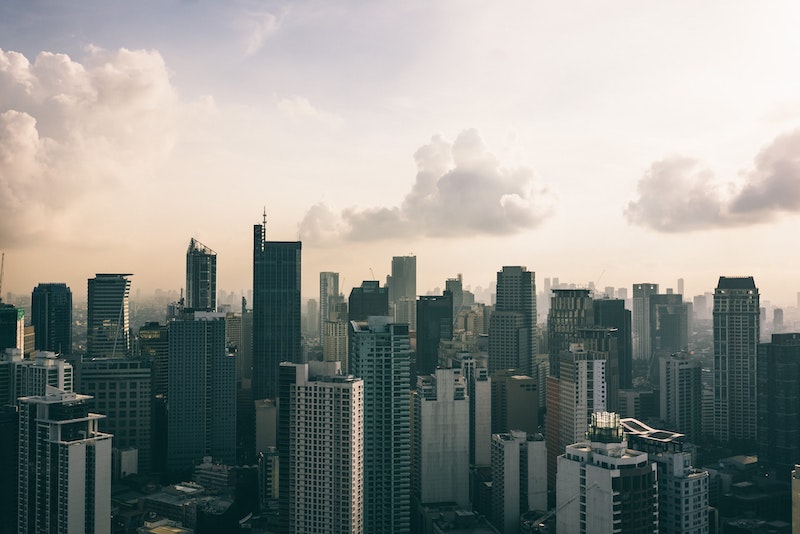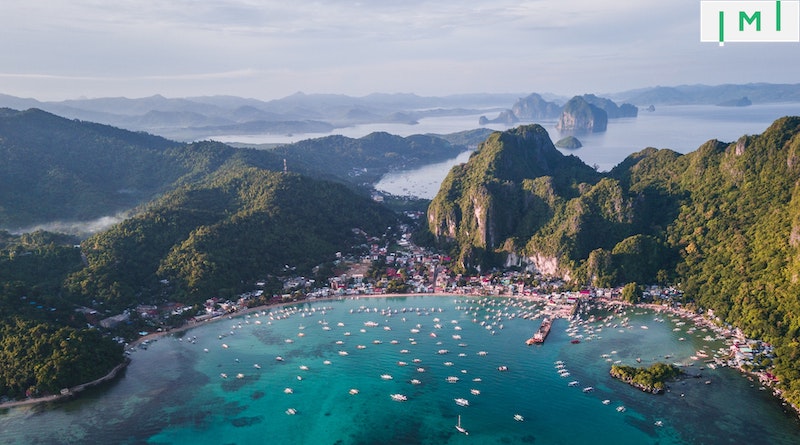Unsung IM Programs Part 4: Philippines Special Investor Residence Permit (SIRV)
In this fourth installment of our Unsung Investment Migration Programs series, we take a closer look at a relatively unknown golden visa program offered in one of the world’s most esthetically captivating countries – the Philippines Special Investor Residence Visa (SIRV).
The Unsung IM Programs series
About two dozen “core” programs dominate investment migration marketing materials – and news sites like this one. But there are literally hundreds of capital-based immigration programs out there. We intentionally use the term “capital-based” because not all the programs covered in this series are based on investments. Many are, but others are based on donations, or income, or net worth.
But they are all, one way or another, based on capital. Capital that you must either invest, donate, earn, or simply have.
Hence, capital-based immigration programs.
The great bulk of capital-based immigration programs rarely gets any attention. That’s regrettable because there’s a smorgasbord of high-quality ones in all price ranges; many practically free.
In this series, therefore, we’re highlighting a number of more obscure programs that we think have merit for some demographic groups.
We’ll go through programs in each of the IMI Program Pages categories:
- Direct Citizenship Programs
Programs that offer citizenship within months in exchange for investments or donations, with minor/no physical presence requirements. - Semi-Direct Citizenship Programs
Programs that offer citizenship in exchange for investments following a 1-2 year period, with minor/no physical presence requirements. - Golden Visa Programs
Programs that offer residence permits within months in exchange for passive investments, with limited physical presence requirements. - Independent Means Visas
Programs that offer residence permits within months to those who can demonstrate income or personal wealth above a certain level, usually requiring that the holder not take up employment locally. - Active Investor Visas
Programs that offer residence permits within months to those who physically relocate to start and/or run a business. Startup and entrepreneur visas fall under this category.
The SIRV is, by all standards, a Golden Visa program. It has that simplified framework of investment-leads-to-residency that makes many other IM programs work so well, but it comes at a much lower cost than many of its European counterparts.
The SIRV, which leads to an indefinite residence permit, requires that applicants
- be above 18 years of age;
- have a clean criminal record;
- invest US$75,000 in a pre-approved industry
Initially, investors get a six-month residence permit and must make their investments within that time slot. Once they do, they convert their SIRV from a temporary permit to an indefinite one. In other words, investors only have to make their investment after approval, a big point in the SIRV’s favor.
A considerable drawback, however, is that the indefinite residence permit is not the same as permanent residency in the Philippines; keeping the permit is contingent on maintaining the investment.
What types of investments are eligible?
Applicants can invest in publicly listed or privately owned companies from a broadly defined range of designated industries, which include:
- Business and financial services
- Communication
- Construction and engineering
- Logistics and distribution
- Education and social services
- Environmental sciences
- Travel and tourism
- Transportation and infrastructure services
- Recreation, sports, and cultural activities
Each of these sectors contains a cornucopia of sub-sectors to from which to choose, ranging from manufacturing to assembly, logistics, B2B services, and end-user services.
The SIRV, moreover, requires no physical presence whatsoever, making it an excellent Plan B for those looking to set up a legal foothold in the country without having to spend a specific amount of time there.
Investors can also include their spouses and dependent children under 21 years old in their applications.
The application process takes one to two months on average, making the Filipino SIRV one of the quickest Golden Visas in the world.
Citizenship in 5-10 years
Filipino citizenship laws decree that for a person to qualify for citizenship, they must:
- Reside for ten continuous years in the Philippines
- Be able to Speak Filipino, English, or Spanish
- Own real estate worth at least 5,000 Philippine Pesos (less than US$100)
- Have a clean criminal record
However, the Filipino Government does have a fast track to citizenship, allowing people to apply after five years instead of ten if they meet any of the following criteria:
- Having honorably held office under the Government of the Philippines or under that of any of the provinces, cities, municipalities, or political subdivisions thereof;
- Having established a new industry or introduced a useful invention in the Philippines;
- Being married to a Filipino woman;
- Having been engaged as a teacher in the Philippines in a public or recognized private school not established for the exclusive instruction of children of persons of a particular nationality or race in any of the branches of education or industry for a period of not less than two years;
- Having been born in the Philippines.
Point five is of particular interest. Note that, much like under Canada’s Startup Visa, investors may shorten their path to citizenship by “establishing a new industry or introducing a useful invention in the Philippines.” That is to say, an investor needn’t necessarily come up with an entirely original business concept int he Philippines but can, instead, obtain citizenship on an expedited timeframe by bringing to the Philippines a line of business that already exists elsewhere, as long as it doesn’t already exist in the Philippines.
What are the chief attractions of investing and residing in the Philippines?

To begin with, the country has a population of some 113 million and an economy that has grown at a steady clip of 6-7% a year for the last decade or so. It’s also a place where it’s relatively easy to find skilled workers who don’t cost much; while more than nine in ten Filipinos speak English, median salaries hover around US$800 a month.
It’s also a place where enjoying a very high standard of living is affordable. A highly-developed private sector provides residents in the country with all modern amenities, while the cost of housing, food, and goods is low by global standards.
The Philippines, of course, also enjoys year-round tropical temperatures, some of the world’s best beaches, and resplendent natural landscapes.
See other installments in the Unsung Investment Migration Programs Series
- Part 1 – Andorra’s Residence Without Lucrative Activity
- Part 2 – French Talent Passport for Business Investors
- Part 3 – Brazil’s Permanent Residence Investor Visa (VIPER)
Ahmad Abbas is Director of Content Services at Investment Migration Insider and an 8-year veteran of the investment migration industry.



